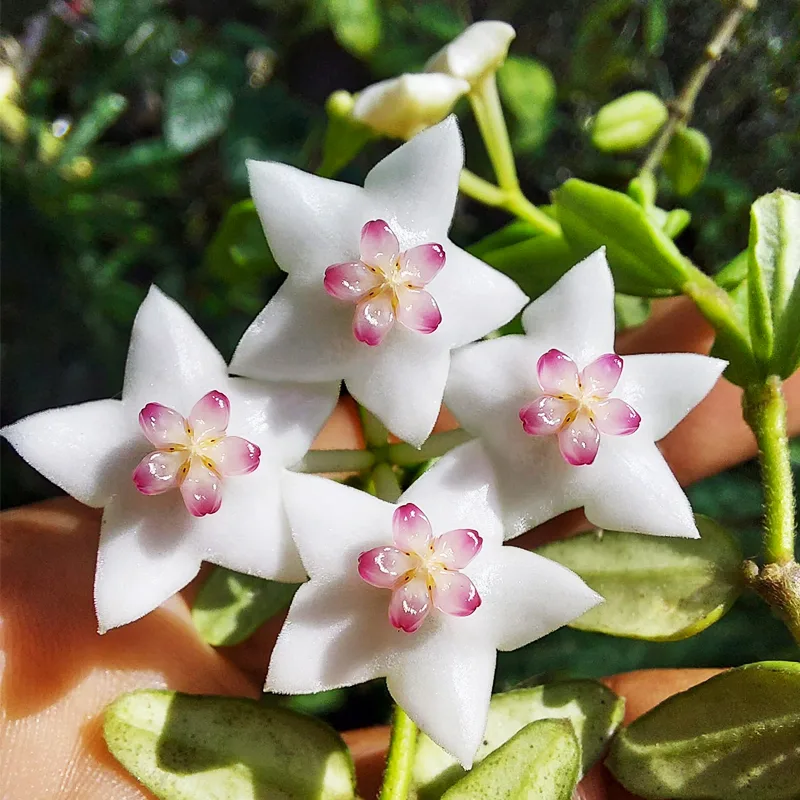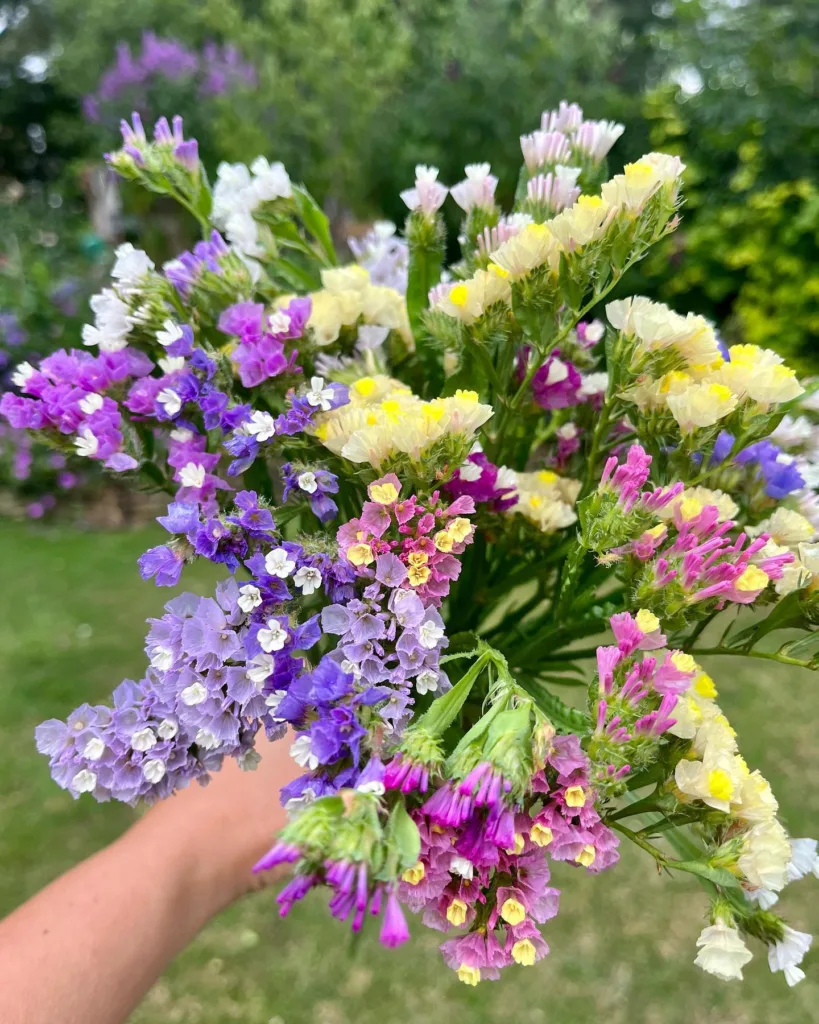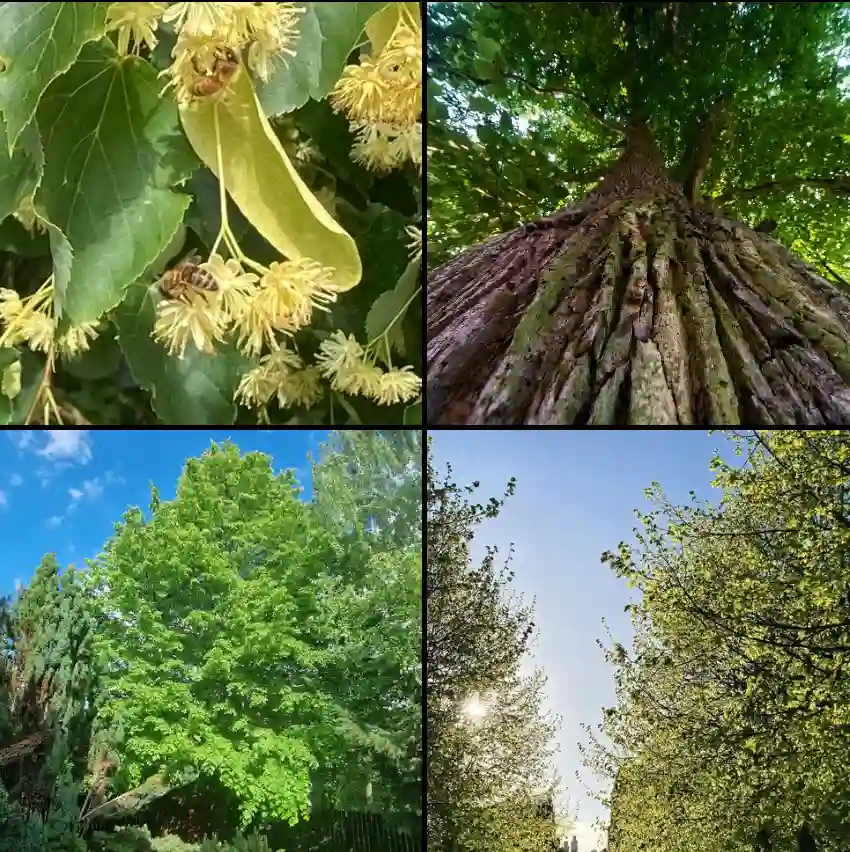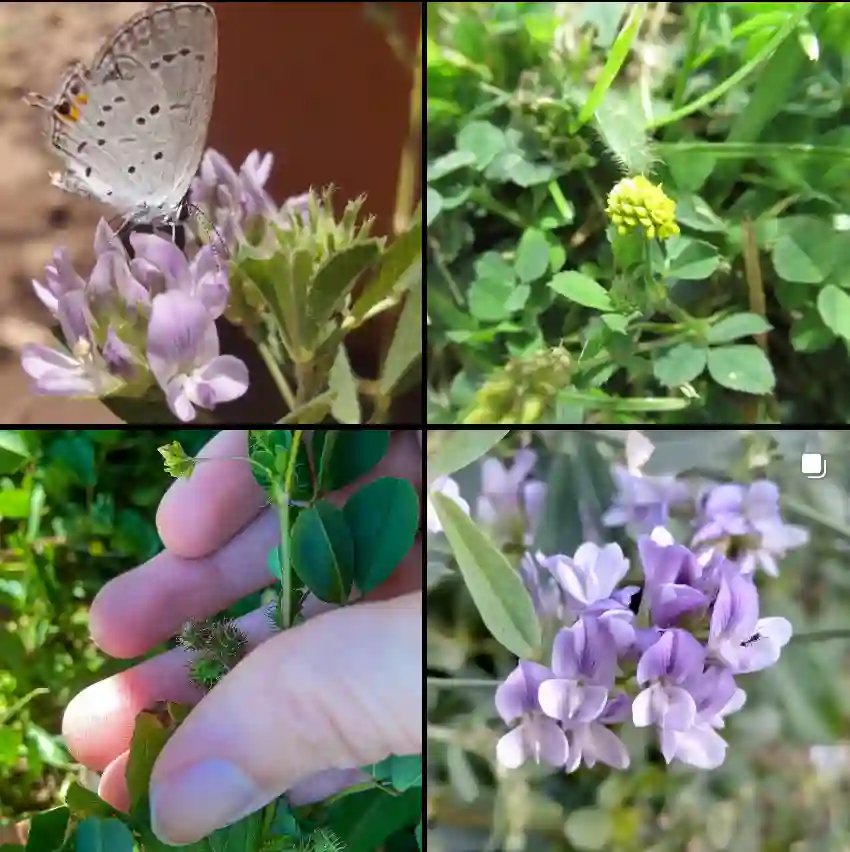Exploring the Trimeniaceae Family: A Personal Journey
The world of plants is vast and varied, but there’s something particularly intriguing about the Trimeniaceae family. As I delve into the intricacies of this family, I find myself captivated by its unique genera, particularly Trimenia. This exploration not only expands my botanical knowledge but also enriches my appreciation for the diversity of life on our planet.
The Trimeniaceae Family: An Overview
The Trimeniaceae family is relatively small, consisting mainly of the Trimenia genus. Originating primarily in tropical and subtropical regions, this family showcases a remarkable adaptability to various environments. The most prominent characteristic of Trimeniaceae plants is their evergreen nature. This means they retain their leaves throughout the year, providing constant greenery in their habitats. I find this feature particularly fascinating, as it allows these plants to thrive in conditions where many others might struggle.
What Sets Trimenia Apart?
When I first encountered Trimenia, I was struck by its distinct features. The genus is characterized by its simple leaves and unique flower structures, which can be quite complex. The flowers typically exhibit a rich array of colors, attracting various pollinators. This vibrant display makes Trimenia not only a subject of scientific interest but also a delight for anyone who appreciates floral beauty.
One of my favorite aspects of Trimenia is its ecological role. These plants contribute significantly to their ecosystems, providing food and shelter for numerous insects and birds. Observing these interactions in nature has been a rewarding experience for me, as it highlights the interconnectedness of life.
Ecological Importance of Trimenia
The ecological significance of Trimenia cannot be overstated. These plants often play a crucial role in their environments by supporting local wildlife. For example, the nectar from Trimenia flowers attracts pollinators such as bees and butterflies. I’ve spent countless hours in gardens and natural habitats, watching these busy creatures flit from flower to flower, contributing to the vital process of pollination.
Moreover, Trimenia species can help prevent soil erosion. Their root systems stabilize the soil, especially in hilly or sloped areas. This quality is something I value greatly, as healthy ecosystems are essential for our planet’s well-being.
Cultivation and Care
For those interested in cultivating Trimenia, it’s important to consider their specific care needs. I’ve learned through trial and error that these plants thrive in well-draining soil and prefer a balance of sunlight and shade. In my own garden, I’ve placed them in a spot where they receive dappled light throughout the day. This location has proven ideal, as it mimics their natural habitat.
Watering is another crucial factor. While Trimenia plants are relatively drought-tolerant, they still require consistent moisture, especially during their growing season. I’ve found that regular, but moderate, watering helps keep my plants healthy and vibrant. Additionally, I often use organic mulch around their base to help retain moisture and suppress weeds.
Fascinating Features of Trimenia
The flowers of Trimenia are a major draw for me. Their intricate structures and vibrant colors create a visual spectacle that attracts both pollinators and plant enthusiasts alike. I’ve often marveled at the diversity within this genus. Each species presents a unique combination of shapes and hues, making every encounter an exciting discovery.
Another fascinating feature is the plant’s ability to adapt to various environments. Whether found in tropical rainforests or more temperate zones, Trimenia species exhibit resilience. This adaptability reflects a rich evolutionary history that I find incredibly inspiring.
Challenges Facing Trimenia
Despite their resilience, Trimenia plants face challenges. Habitat destruction due to urban development and climate change poses significant threats. I’ve observed firsthand the impact of these factors on local flora and fauna, which drives home the importance of conservation efforts. Protecting natural habitats is essential for ensuring the survival of Trimenia and countless other species.
My personal commitment to conservation has led me to participate in local environmental initiatives. I believe that raising awareness about the importance of plant families like Trimeniaceae is crucial. Sharing knowledge and advocating for responsible gardening practices can make a difference in preserving these remarkable plants.
Conclusion: A Personal Connection to Trimeniaceae
As I reflect on my journey with the Trimeniaceae family, I realize how much I’ve learned and experienced. From the unique beauty of Trimenia to the vital role it plays in our ecosystems, this family of plants holds a special place in my heart.
By cultivating these plants and sharing their story, I hope to inspire others to appreciate the wonders of the natural world. Whether you’re a seasoned gardener or simply someone who enjoys the beauty of plants, I encourage you to explore the Trimeniaceae family. You might just discover a new passion along the way.
If i die, water my plants!



